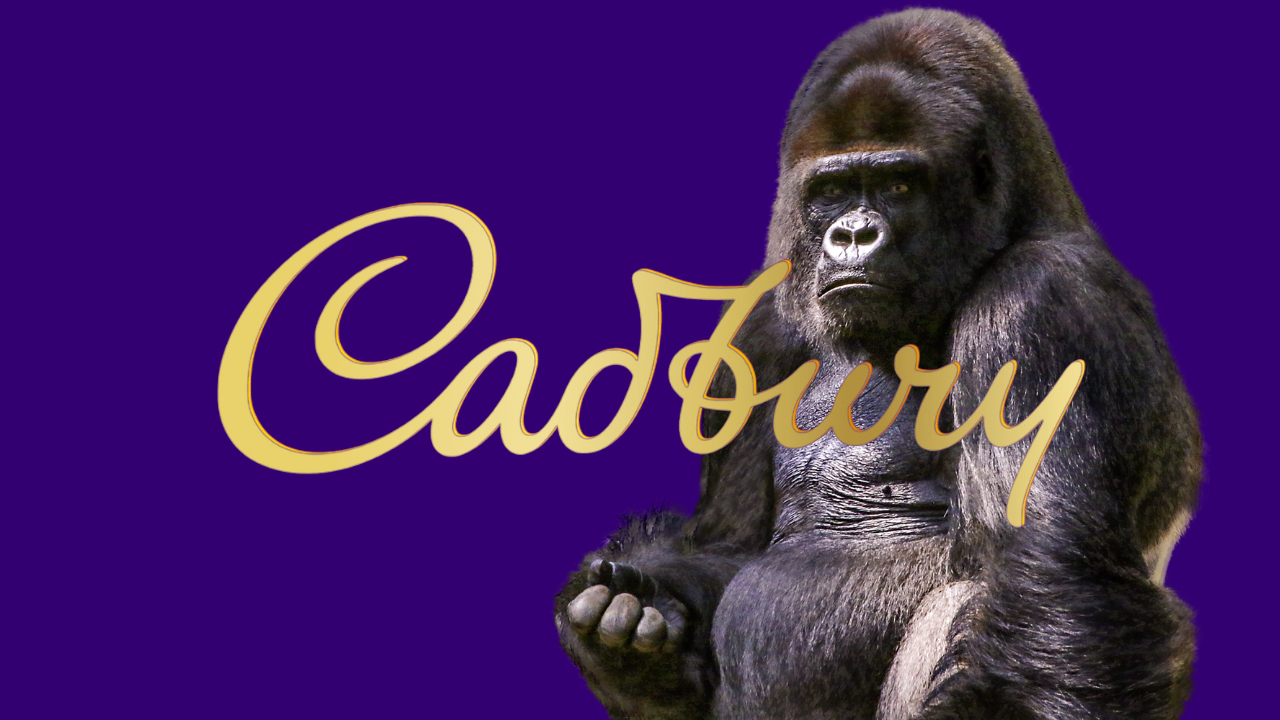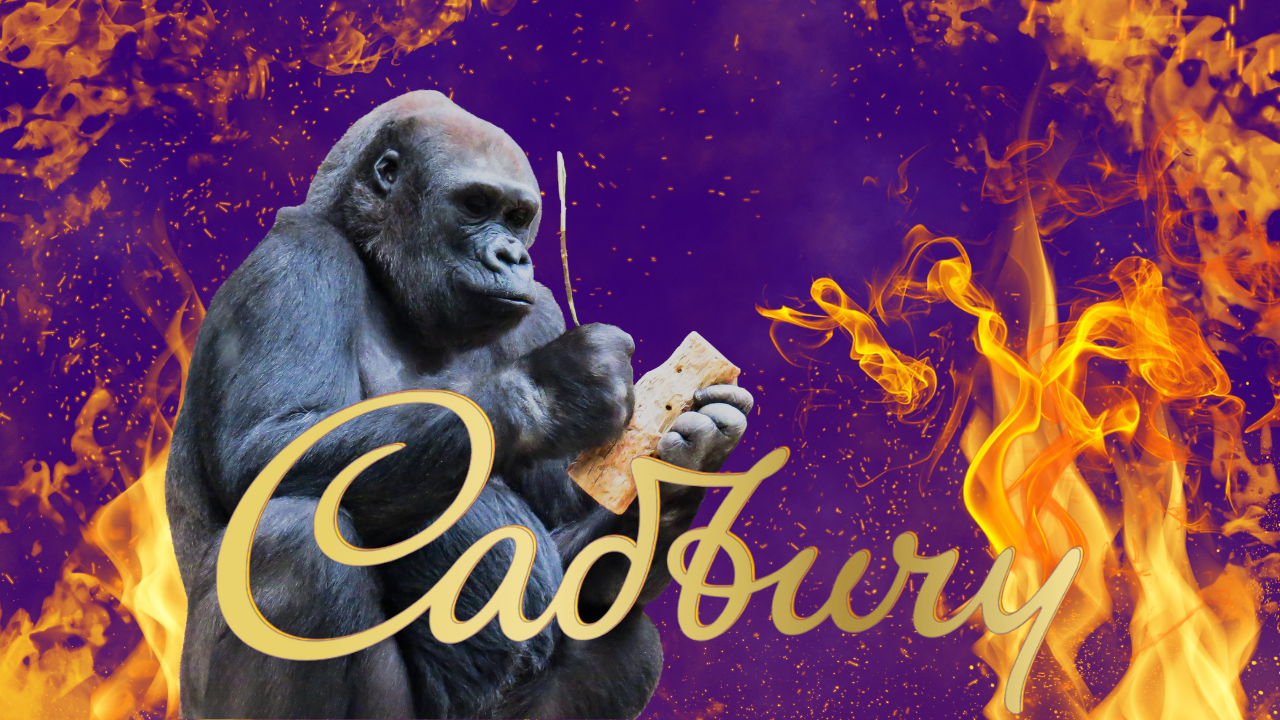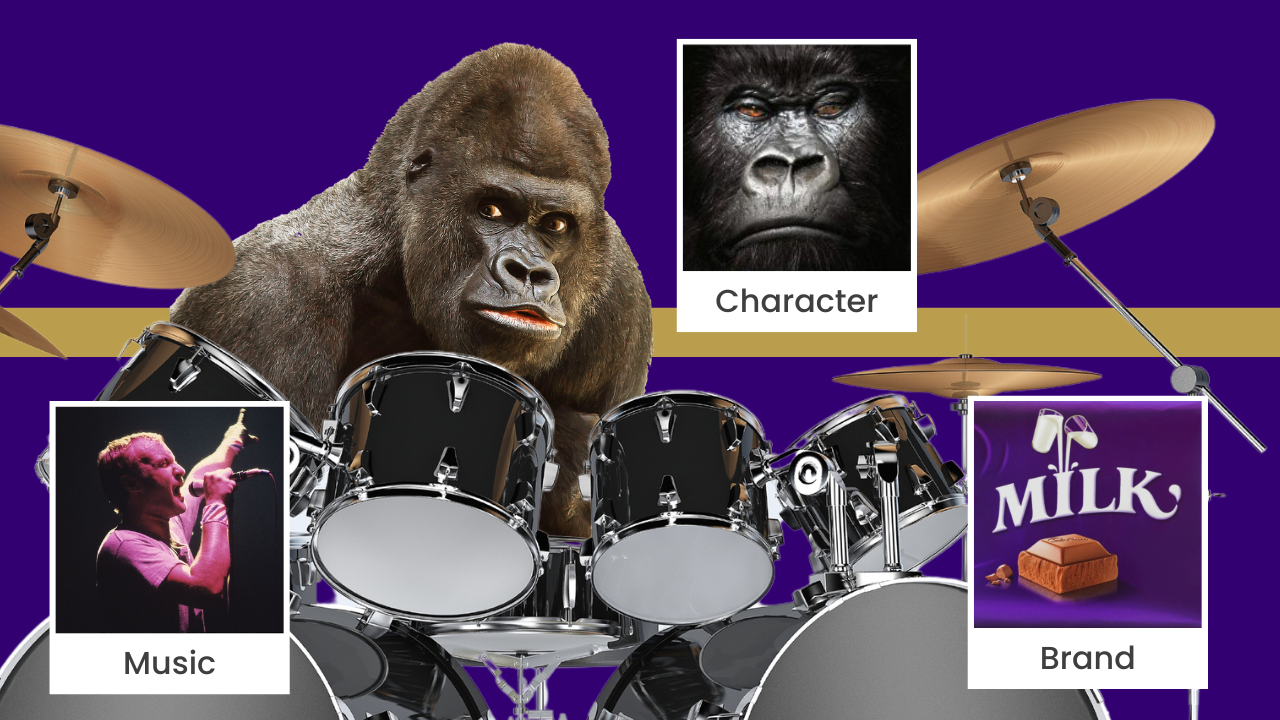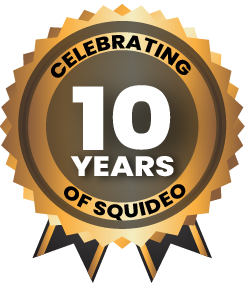Advert Alchemy: Conjuring Cadbury
In this series, Squideo has examined the best ways to turn advertising content into gold. Now that we’ve broken down the eight key ingredients, it’s time to dive deep into some examples of stellar advertising. This week, the advert in question was picked by Squideo’s Creative Director Ben Underwood.
When asked why this particular advert had become his favourite of all time, Ben said: “there’s a gorilla playing the drums, how can it not be?”

Cadbury in the Mist
Cadbury is no stranger to advertising success, from its iconic Smash Martians in 1974 to the captivating Flake Girl in 1985. These adverts have frequently featured in polls asking the British public about their favourite television ads. The only thing missing from this trifecta of marketing sensations is 2007’s Gorilla.
The advert was released at a difficult time for this beloved British institution, which was founded in 1824. In 2006, several batches of chocolate were contaminated with salmonella which led to a £20 million GBP recall and £1 million fine in 2007 from the Crown Court for its failure to notify the Food Standards Agency.
This was followed in rapid succession by more PR nightmares. A failure to highlight allergy risks in its Easter Eggs, the hiatus of its sponsorship of British soap opera Coronation Street, large staff cuts to its British workforce, a huge marketing disaster with its newly acquired Trident Chewing Gum, and a badly planned treasure hunt shutting down a cemetery. Cadbury was starting to look bad and needed a change in fortunes fast to reverse its declining sales.

King Cadbury
Fallon approached Cadbury in 2006, with plans to lure the confectionary giant away from its existing advertising agency. Gorilla formed part of its major pitch, aiming to move Cadbury away from its middle-aged and middle-class marketing. Fallon wanted to revitalise the brand and inject much needed whimsy to attract a younger audience. Considering Cadbury was the brand that inspired Charlie and the Chocolate Factory, it shouldn’t have been hard to do.
According to Phil Rumbol, director of marketing at Cadbury’s:
“The whole business had become quite earnest and serious, when in fact it’s chocolate and should be more about things such as Willy Wonka… The brief I gave the agency was: Eating Cadbury’s chocolate makes you feel good.”
The idea for the Gorilla advert, by director Juan Cabral, didn’t start with Cadbury and it was proving a hard sell. “Random advertising,” with no clear theme, plot or reason, is a lot more common in the 2020s than it was in 2007. Clients didn’t see the point in a drum-playing Gorilla; until Cadbury.
Even then, Rumbol faced opposition within the company and it took four months from the adverts creation until he was able to air it on Channel 4 in August 2007.
Planet of the Dairy Milks
Airing during the ad breaks for Channel 4’s eighth season of the monumental hit Big Brother, the initial airing was always certain to get plenty of views – 14% of all British viewers were watching the channel at the time it aired. What wasn’t assured was the advert becoming a viral hit; but Gorilla managed it.
Watched by millions on YouTube, the advert also quickly inspired several parodies including those on The Mighty Boosh and BBC Children in Need. Cadbury saw a 10% rise in profits following the release of the advert, finally convincing everyone of Gorilla’s potential. Cadbury eventually paid to film additional footage for the advert, broadcasting the lengthened version during the 2007 Rugby World Cup final between England and South Africa.
But why did Gorilla become such a big hit?

Magnificent Music
Cadbury’s use of Phil Collins In The Air Tonight put the song back in the charts 25 years after its initial release in 1981, which proves how instrumental the song was in the popularity of the advert. After all, the plot centres around it as the gorilla sits at the drums waiting for its opportunity to play the iconic drum fill. The line “I’ve been waiting for this moment all my life” perfectly builds up to the gorilla’s star moment as it begins the solo.
Like the full version of the song, there is a build up in the advert before the solo. Out of its total length, 90 seconds, the audience spends 60 seconds waiting. The camera focuses on the gorilla’s preparation, with only Collin’s lyrics to entertain in the meantime.
Beautiful Branding
Panatone 2685C (HEX#330072). Otherwise known as Cadbury Purple. For much of the advert, this purple patch behind the character is the only indication given that this is a Cadbury advert. For many companies, this would be insufficient branding for a marketing advert – but not for Cadbury.
The colour purple was chosen for the brand in 1905, supposedly because it was the late Queen Victoria’s favourite colour. It features on every Cadbury product, and in 1995 became the subject of a trademark dispute. Cadbury successfully trademarked the colour, however this has been contested by major rival Nestlé ever since.
The gold accents throughout the advert, including the band on the wall behind the drumkit and the gorilla’s gold teeth, complete the branding and the advert is bookended by Cadbury logos.
Going Gorilla
Director Juan Cabral went to great lengths to make the gorilla character as realistic as possible. In 2007, CGI isn’t what it is today which didn’t make it an option considering the ‘documentary feel’ Cabral wanted. They eventually found a gorilla costume at Stan Winston Studio in Hollywood that had been produced for the 1995 film Congo.
The actor who wore the suit, Garon Michael, was in the same film. Animatronics controlled the facial expression of the gorilla, and some customisations were made to the costume like adding the gold teeth. Michael repeatedly practiced the drum solo while wearing the costume in order to emulate Phil Collins, to such a success that initially people thought it was Collins dressed as the gorilla.
According to Cabal, the aim was to make it look like the gorilla had been waiting for this drum solo all its life – just as the lyrics to In The Air Tonight suggest during the lead in. Without the successful use of animatronics to create facial expressions and Michael’s dedicated performance, this aim could have been lost and with it the song would have had less impact.
Content Worth Gold
What do you think? What made Gorilla such a successful advert with a long legacy in British advertising history? Watch the full advert below and let us know in the comments.
Get in touch with the Squideo team today to find out how we can improve your advertising strategy with video production, motion graphics, social media management and much more!













